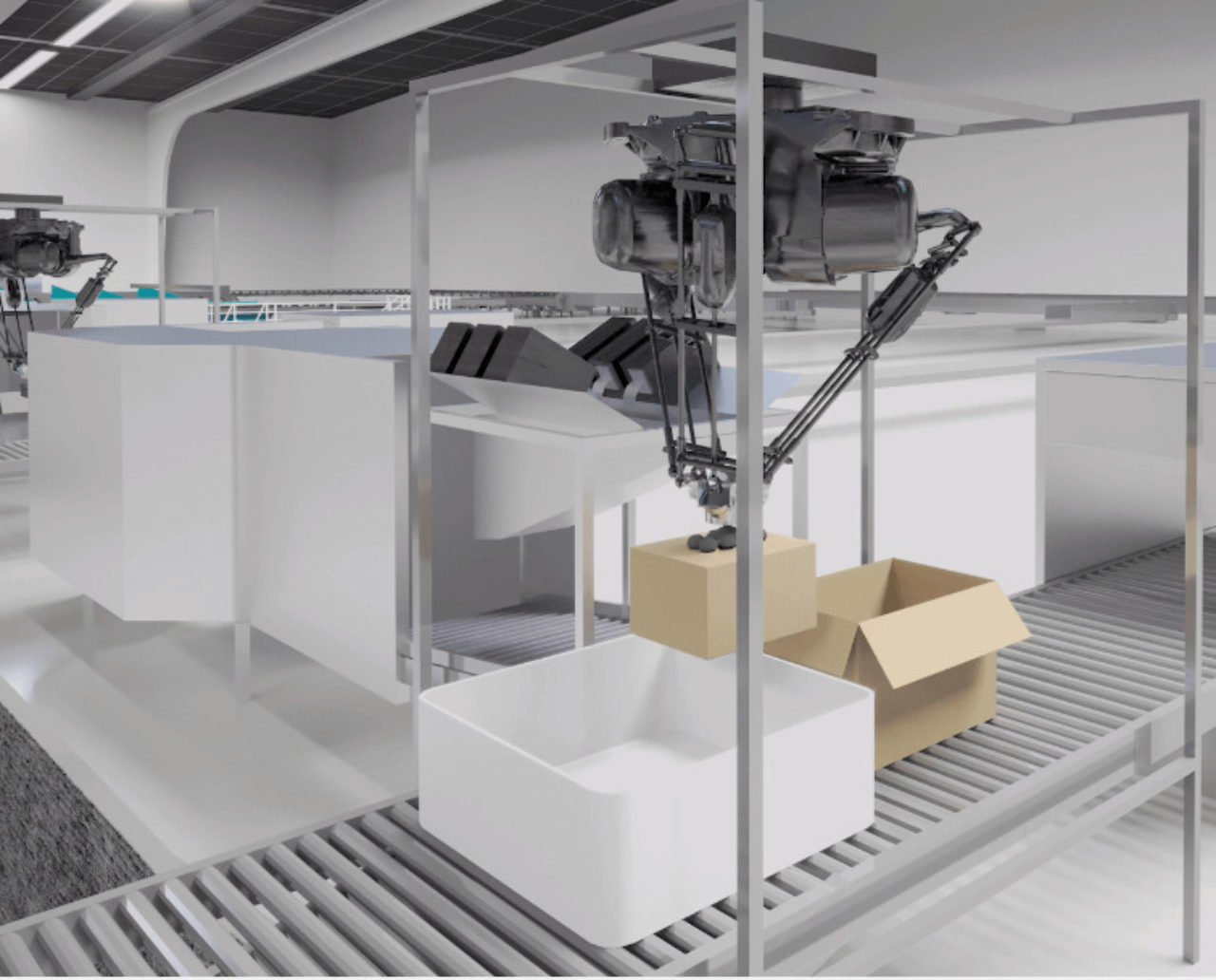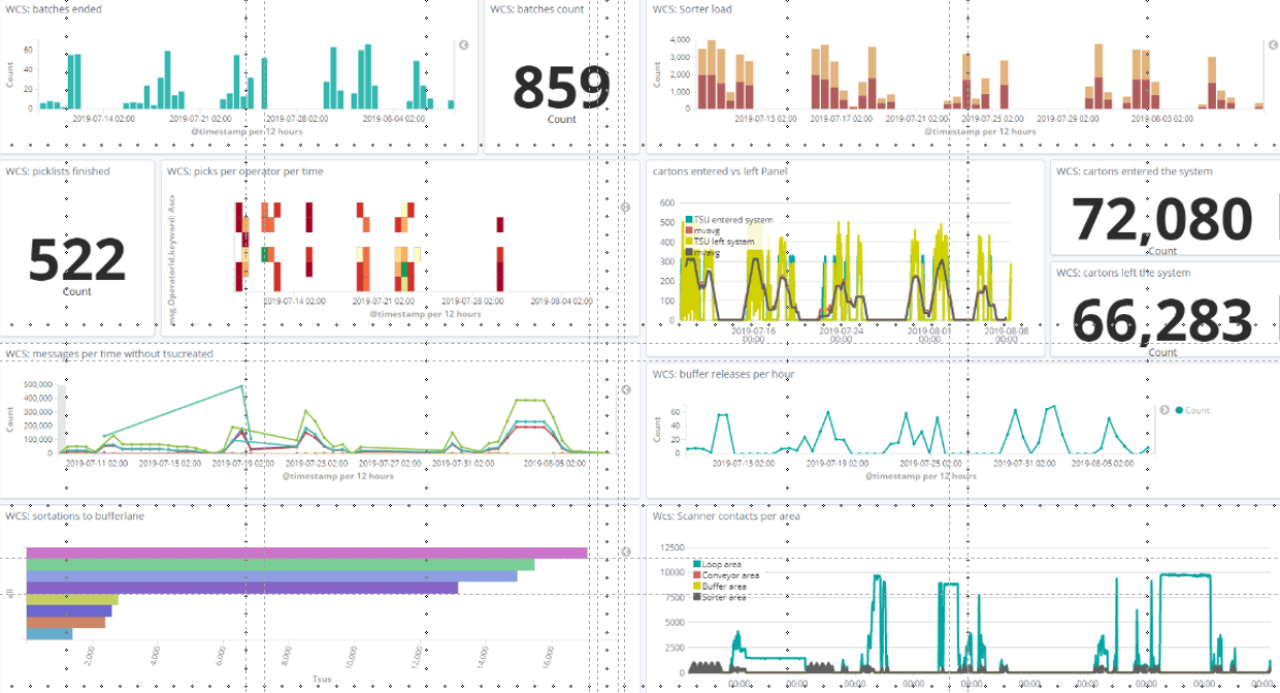Next, automating the picking and packing processes will significantly increase the operational efficiency of the pick towers.
In a fully automated e-commerce warehouse, a shuttle or miniload system will be a solution for efficient storage, sequenced picking from trays, totes and varying sized cartons or even the retrieval of pallets. These technologies are already in place in warehouses.
With robotic automation, it is not only the picking process that will be transformed. Instead of manual packing for the final destination, robots will automatically pack items into cartons.
And taking it one step further, an AGV, or “mobile robot”, could be the best solution for transport movements within the warehouse. They could be used in side processes that involve lower-volume or fast-moving items, for example, where it doesn’t necessarily make sense to install a conveyor.
Achieving end-to-end optimisation
By integrating multiple automated processes into single systems, future fashion distribution and fulfilment centres will be delivering end-to-end optimisation. The storing, sorting, conveying, packing and shipping functions will be controlled by single warehouse control systems (WCS). This centralised control will ensure optimum routing and provide clear overviews of all items and processes.

















